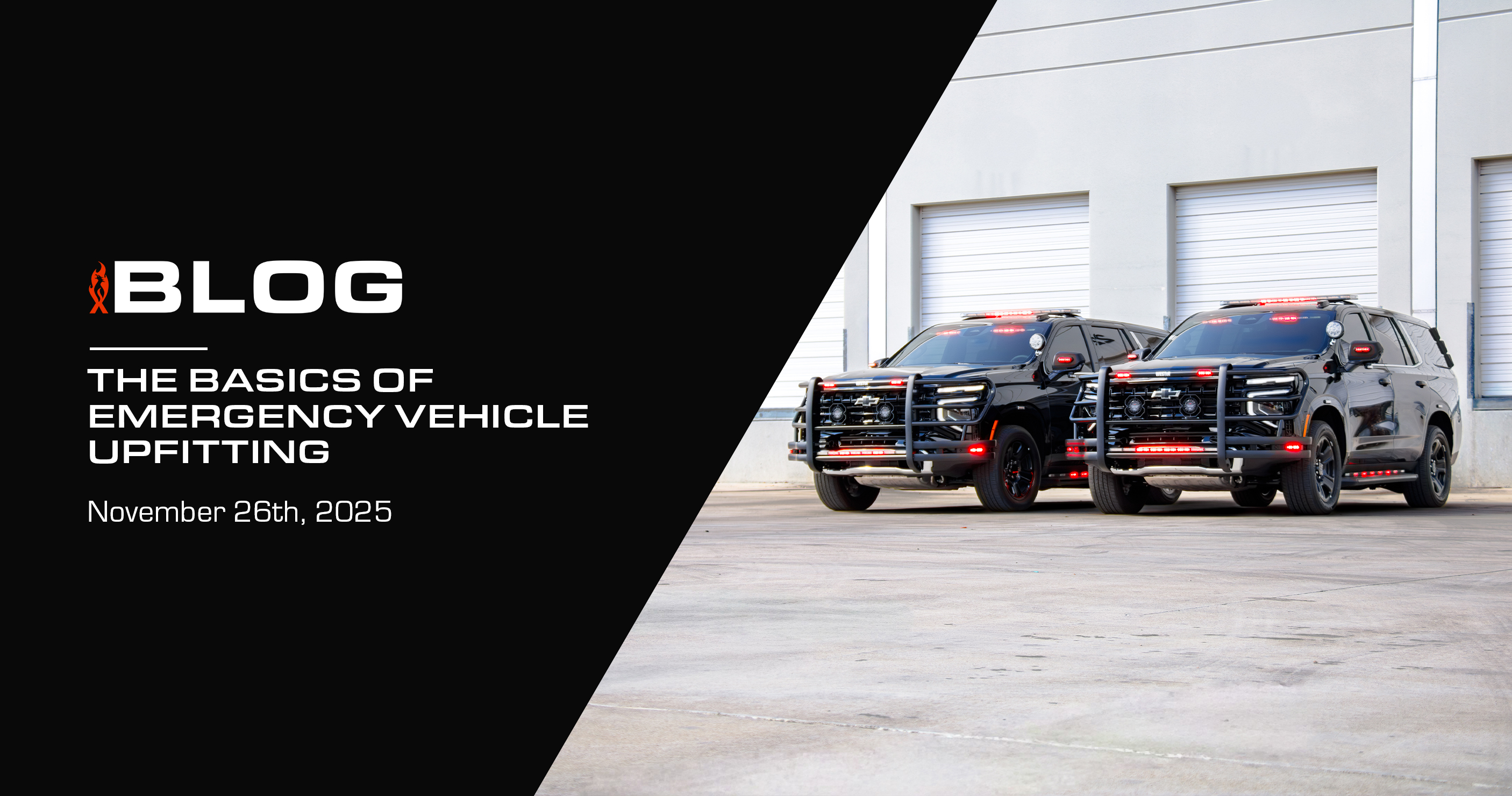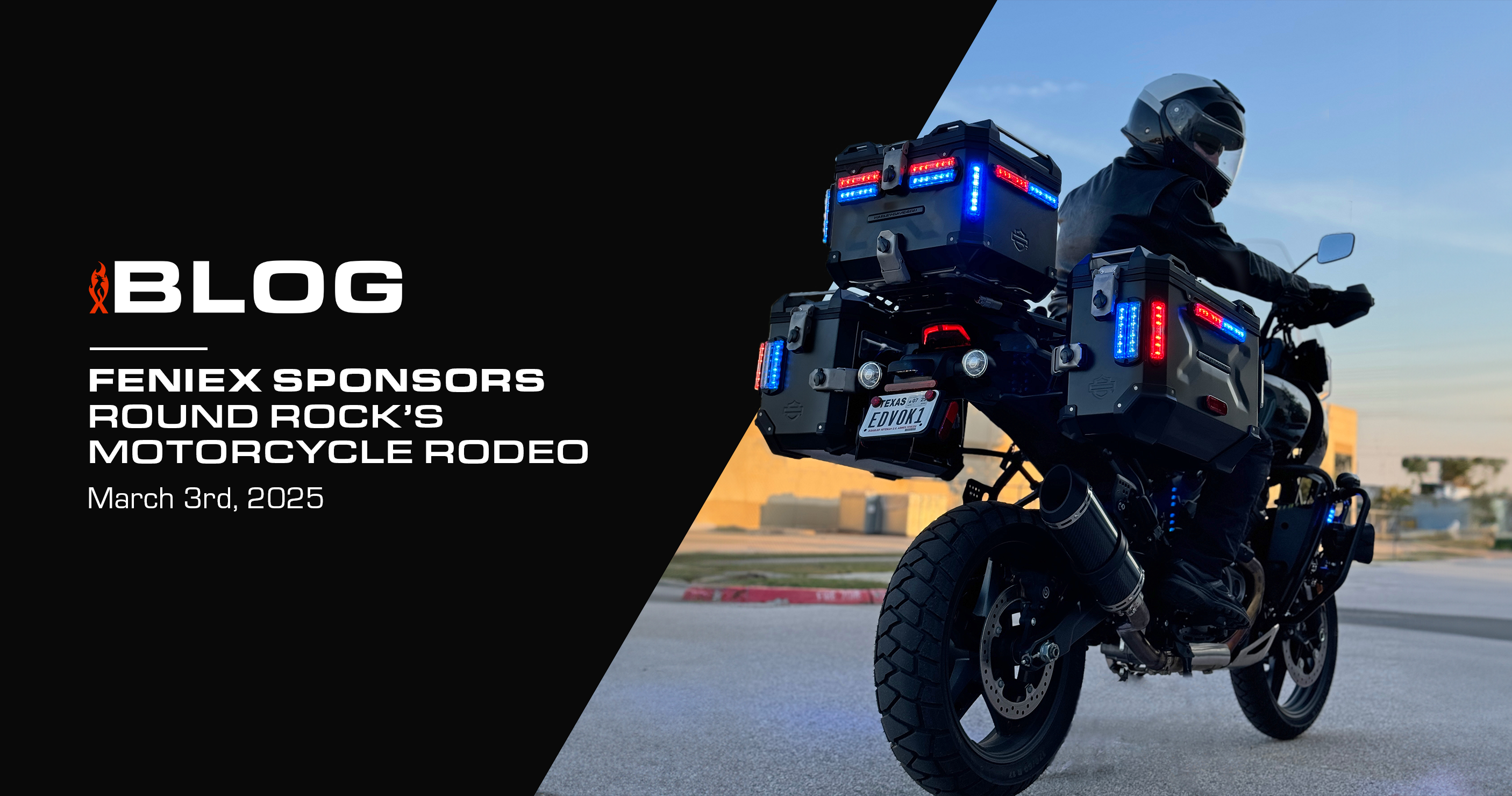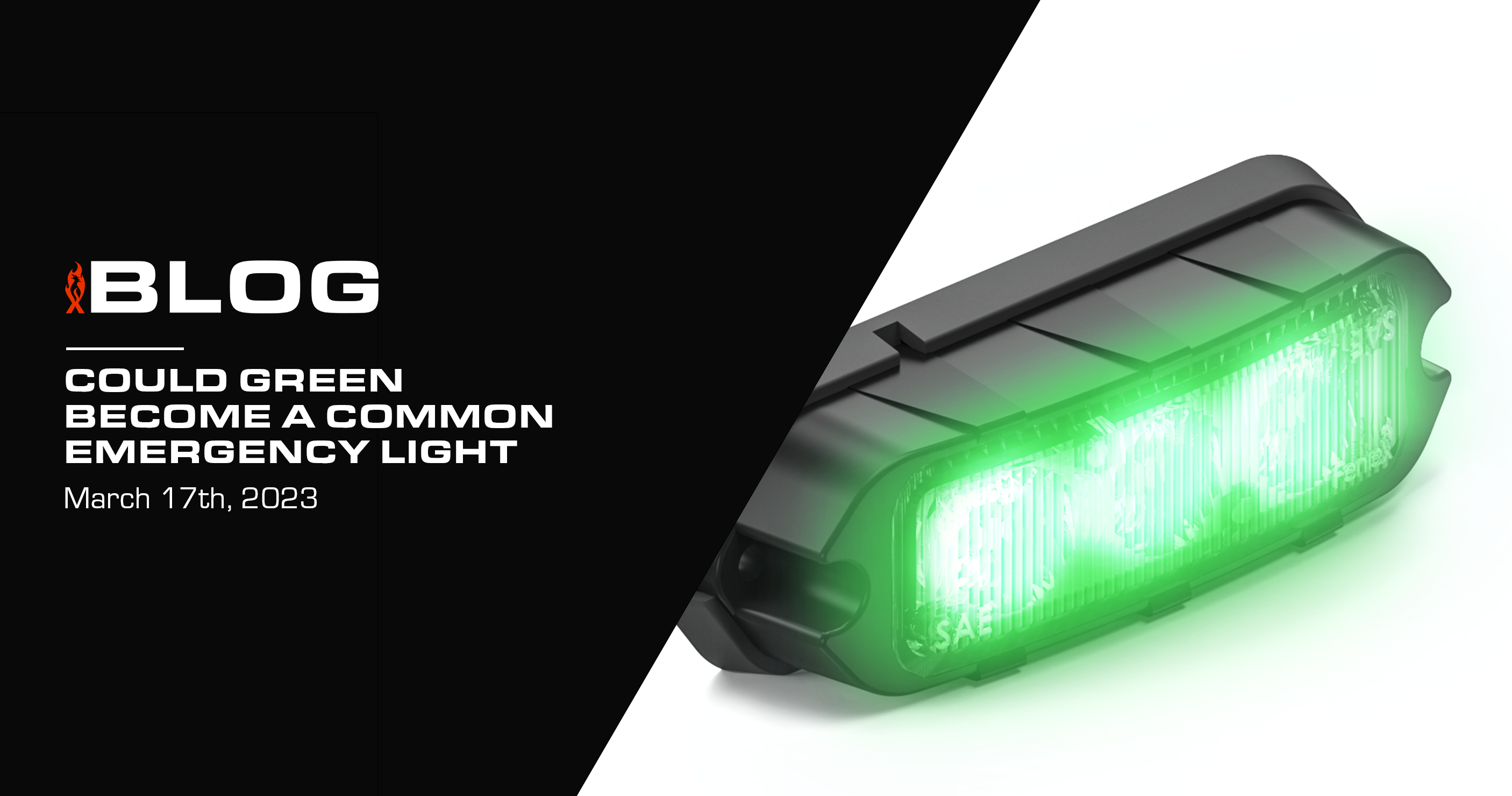All Emergency Light Colors and Their Purpose
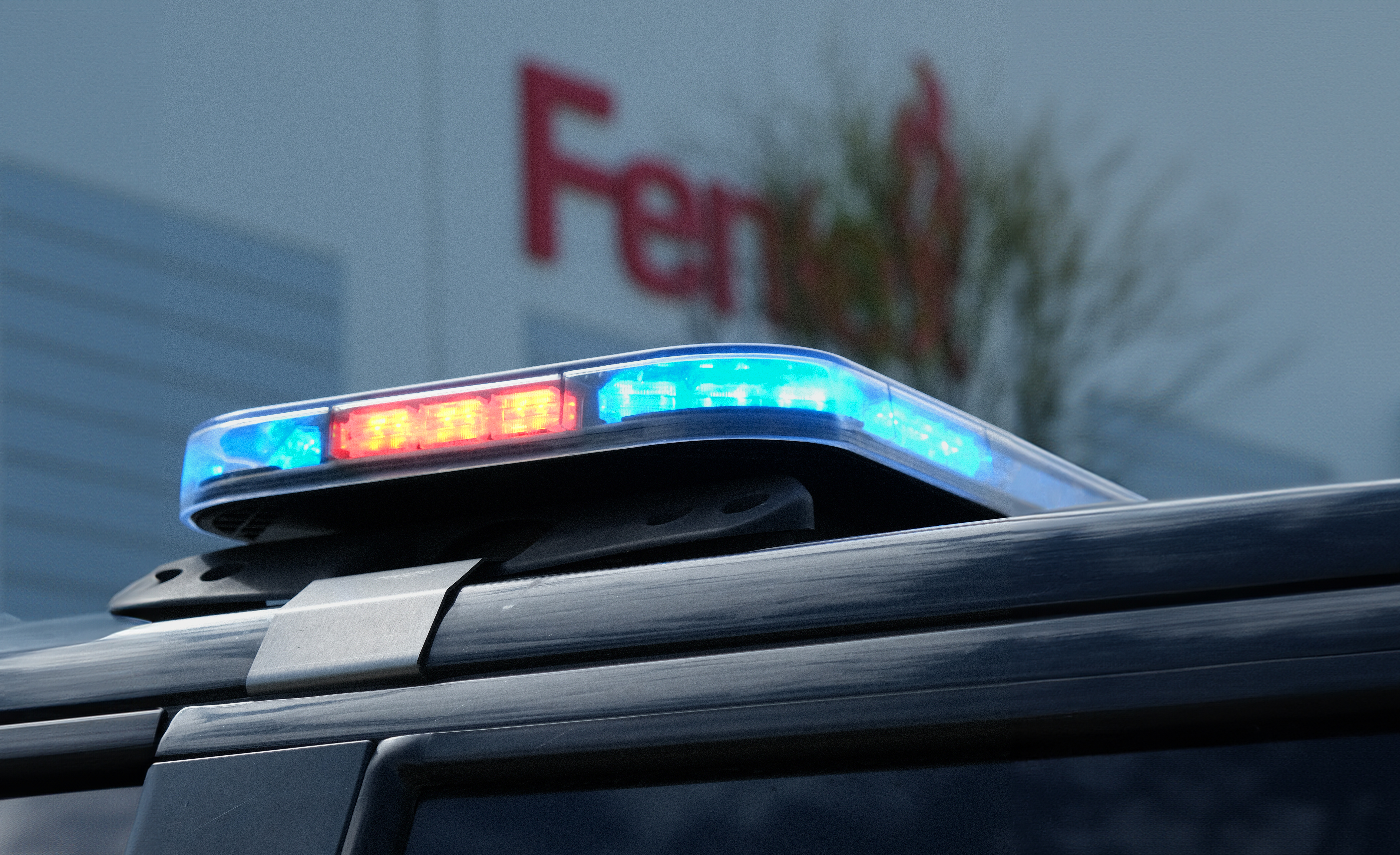
Warning light colors in the United States are regulated at the state level, leading to variations in permitted colors and their designated uses. For Example a police car in New York can't flash the same colors as California, and a tow truck in Texas can't flash the same lights as Alaska. Each flashing light color has a different purpose on the road. Understanding these differences is crucial for First responders, vehicle operators, and the general public.
.png)
- Green Lights: Typically reserved for volunteer firefighters or medical personnel, green lights indicate a responder en route to an emergency. Some states require official permits for their use. Green lights are used to identify the command vehicle in an emergency scene. They're also widely used on private security vehicles.
-
Blue Lights: Widely utilized by law enforcement agencies, blue lights help distinguish police vehicles from other emergency responders. However, the use of blue lights can vary significantly by state and certain states now also allow their use in conjunction with amber lighting for highway and construction applications.
-
Red Lights: Often associated with emergency situations, red lights are predominantly used by police vehicles, fire trucks, and ambulances. Depending on state laws, these vehicles may use forward-facing red lights alone or in combination with blue or white lights
-
Amber or Yellow Lights: Commonly employed by utility vehicles, construction crews, and tow trucks, amber lights serve as a caution signal to other motorists. They are generally the most permissive warning light color across states.
-
White Lights: Often used in conjunction with other colors, white lights can enhance the visibility of emergency vehicles. Their use is subject to state regulations and is often combined with red, blue or amber lights. An additional purpose for white lights is using them as scene lights. White scene lights brighten up the surrounding area of a vehicle in order to work in night time conditions.
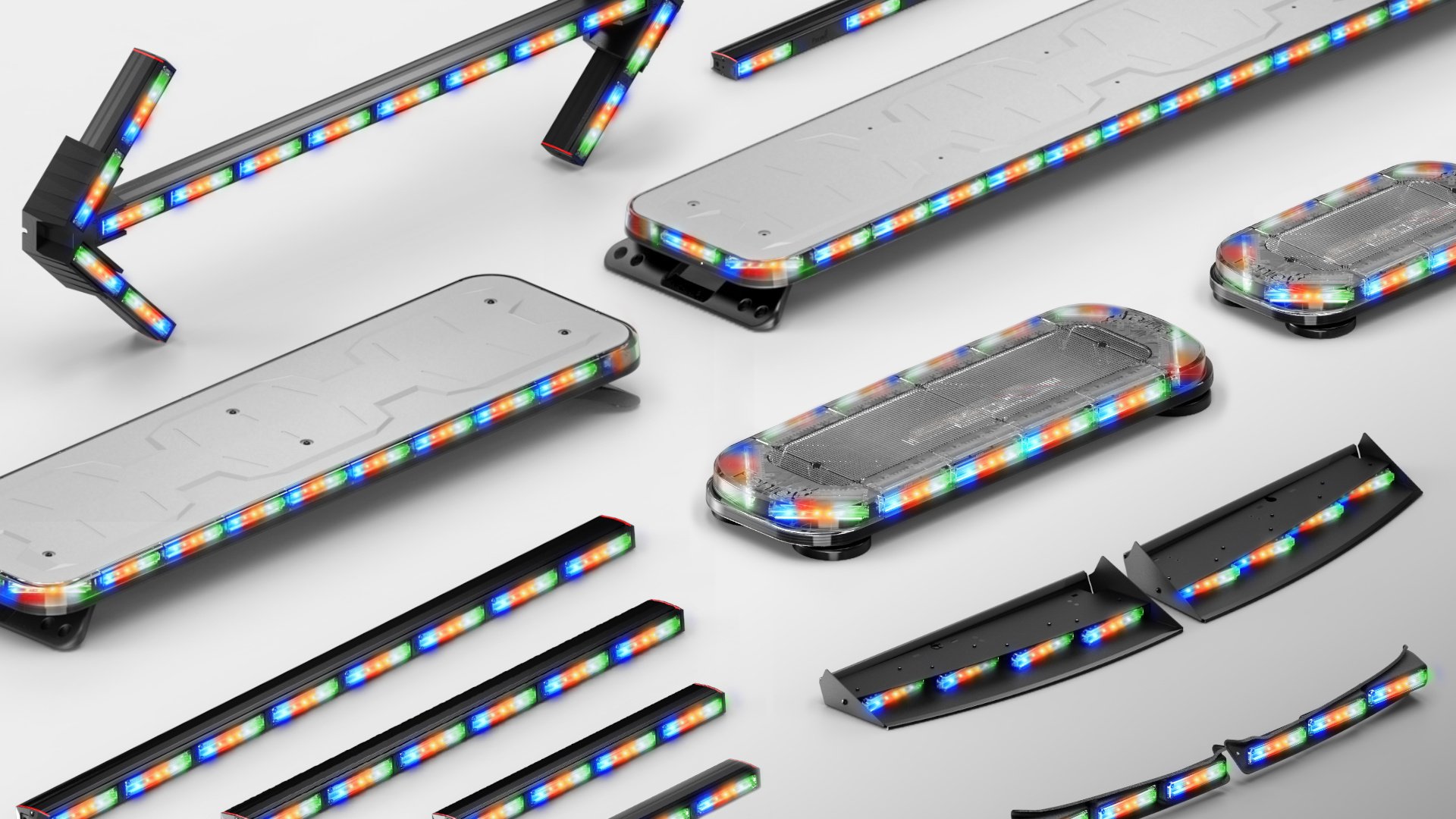
Since many different industries require many different color lights, the smartest choice is to buy lights that flash all 5 colors. This allows the user to have the options they need for any color combination. This is beneficial in many different scenarios:
- Any Industry: Whether you’re working with Police, Fire, EMS, Construction, Towing, Security or more, the 5 color light’s versatility allows it to function on any industry vehicle.
- Multiple Functions: Within each industry, a vehicle’s lights require multiple functions. A police cruiser speeding to a destination requires flashing lights. Showing up on scene requires calmer lights. And in night time scenarios, white scene lights are crucial for seeing around the vehicle. All 3 instances require different color combinations.
- Multiple Uses: Any 5 color light can be repurposed for another industry. Let’s say a police car is decommissioned, those red & blue police car lights can be reprogrammed and repurposed as Amber construction lights in another build.
- One SKU: An upfitter working with Police, Fire, EMS, etc. can stock one 5-color lighthead and use it for each profession. This allows you to stock for multiple industries under one SKU
New York: Emergency vehicles may display red, white, blue, green, or amber lights, either flashing or solid. Each color is designated for specific types of emergency services
Texas: The state permits various law enforcement, rescue, utility, and road work vehicles to use warning lights. Specific colors are assigned based on the vehicle's function and the nature of the emergency response
Missouri: Missouri has strict statutes regarding the colors of emergency vehicle lights, with specific allocations for different emergency services to ensure clarity and safety on the roads.
California: In California, red lights are primarily reserved for emergency response vehicles such as fire trucks, ambulances, and police cars. Blue lights are restricted to law enforcement only, while amber lights are designated for construction, tow trucks, and service vehicles. Green lights are often used by private security.
Alaska: Emergency vehicles in Alaska can use red, blue, and white lights depending on the type of service. Volunteer firefighters may use flashing blue lights on personal vehicles when responding to emergencies. Amber lights are commonly used for non-emergency maintenance vehicles.
Florida: Florida law allows law enforcement vehicles to use blue or red lights, while fire trucks and ambulances typically use red. Tow trucks and construction vehicles utilize amber lights, and funeral processions may use purple lights for identification.
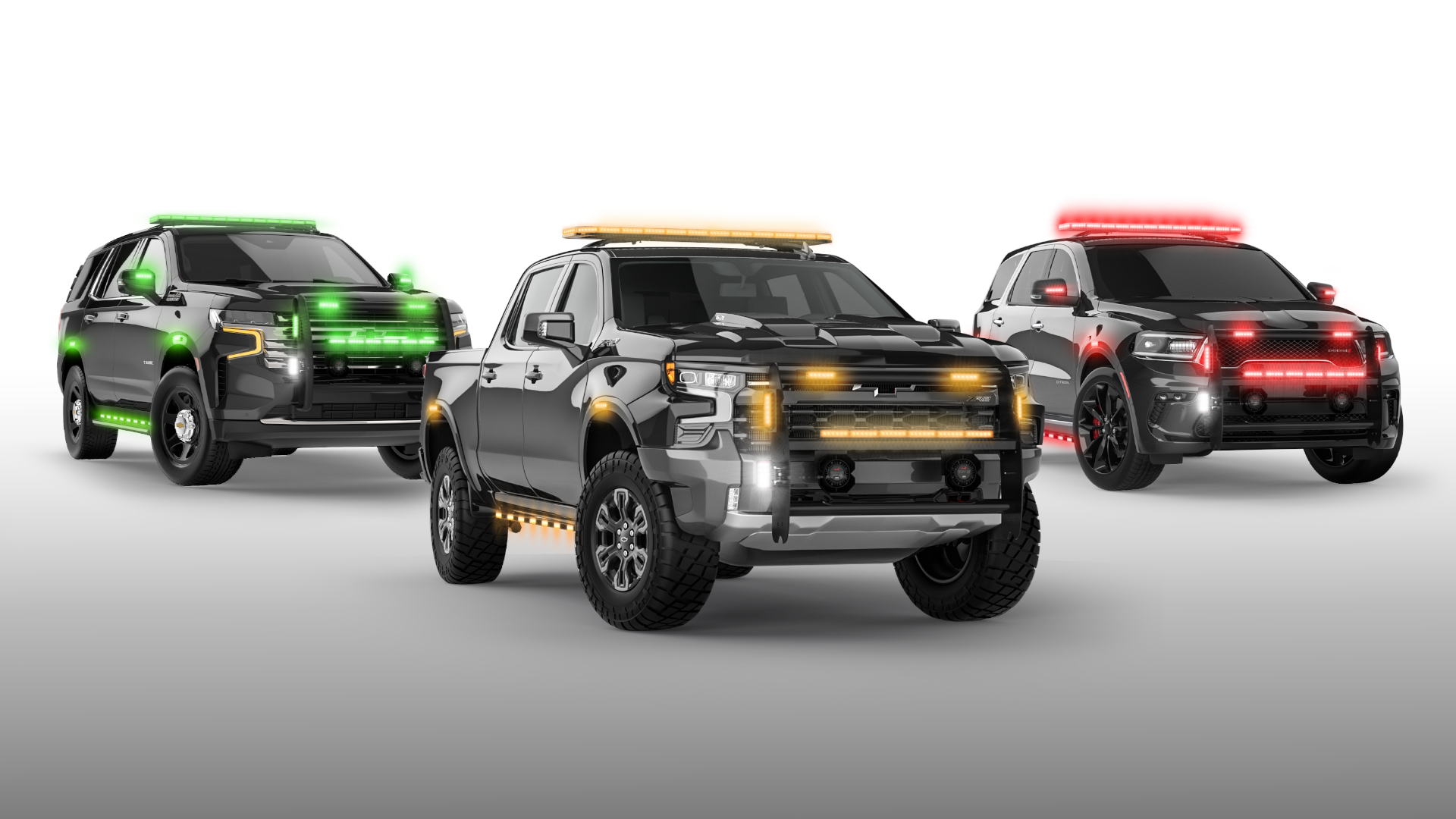
Since each state enacts its own regulations concerning emergency vehicle light colors, what is permissible in one state may be prohibited in another. For instance, blue lights might be reserved exclusively for law enforcement in some states, while others may allow their use by different emergency services.
Unauthorized use of certain light colors by civilians is often illegal and can result in significant fines or penalties. For example, in Arkansas and Kentucky, civilian possession of a blue flashing light is prohibited by state law. Improper use of emergency lights can lead to accidents or misinterpretations during critical situations.
Given the complexities in state laws, it's advisable for individuals and organizations to consult local statutes to understand specific regulations. Going with a 5 Color Light is the best way to keep yourself out of trouble. Just make sure the right color combination is configured for your state. Staying informed not only ensures legal compliance, but also enhances the effectiveness of emergency responses and road safety.
-2.png?width=354&height=75&name=Feniex%20Blog%20Logo%20(Crop)-2.png)
-1.jpg?width=50&name=Blaik%20Romo%20(Edited%2c%201.2)-1.jpg) By
By

